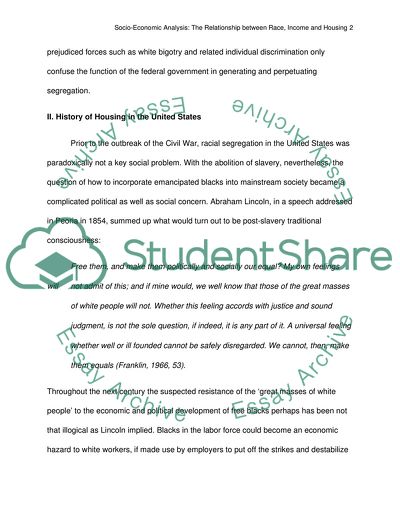Cite this document
(History Of Housing In The United States Research Paper, n.d.)
History Of Housing In The United States Research Paper. Retrieved from https://studentshare.org/sociology/1722553-socio-economic
History Of Housing In The United States Research Paper. Retrieved from https://studentshare.org/sociology/1722553-socio-economic
(History Of Housing In The United States Research Paper)
History Of Housing In The United States Research Paper. https://studentshare.org/sociology/1722553-socio-economic.
History Of Housing In The United States Research Paper. https://studentshare.org/sociology/1722553-socio-economic.
“History Of Housing In The United States Research Paper”, n.d. https://studentshare.org/sociology/1722553-socio-economic.


